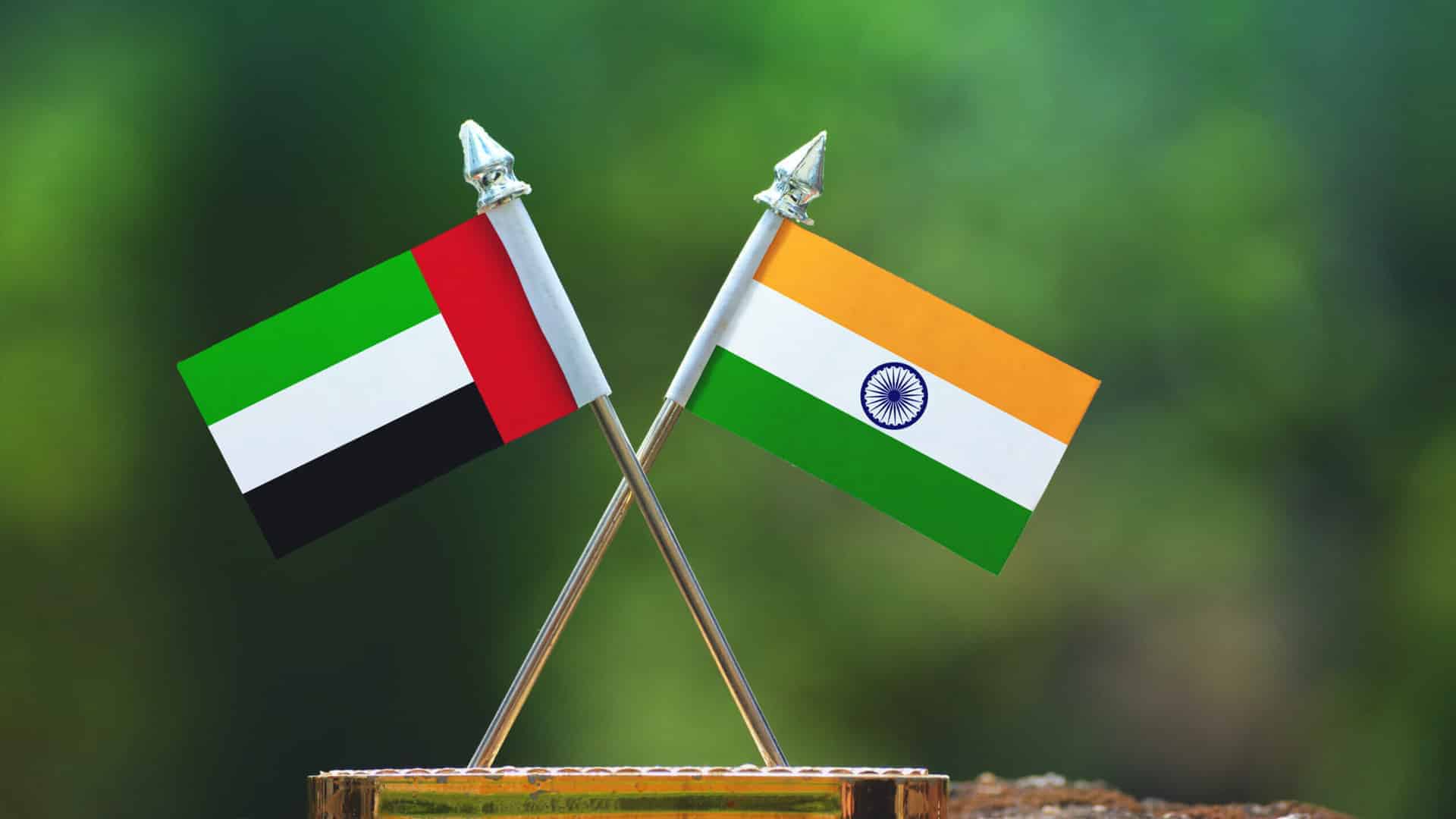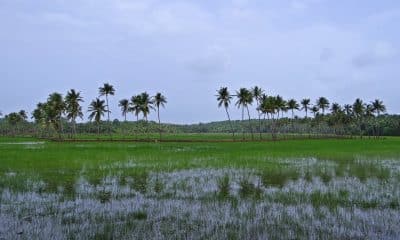Trade
India-UAE trade pact comes into force
The free trade agreement between India and the UAE has come into effect on Sunday, under which domestic exporters in various sectors like textiles, agriculture, dry fruits, gems and jewellery will get duty-free access to the UAE market.
In a symbolic gesture for operationalising the agreement, Commerce Secretary BVR Subrahmanyam handed over Certificates of Origin to three exporters from the gems and jewellery sector here. These consignments to Dubai will not attract any customs duty under the pact, which is officially termed as Comprehensive Economic Partnership Agreement (CEPA).
Also read: In future, world should hear ‘Digital India Inside’: MoS IT
The Central Board of Indirect Taxes and Customs (CBIC) and the Directorate General of Foreign Trade (DGFT) has issued relevant notifications for the operationalisation of the agreement from May 1. “Today, CEPA between India and the UAE is coming into force. Today, we are sending the first consignment from India to UAE, which will benefit from this agreement,” Subrahmanyam said here.
The UAE is the second or third largest trading partner of India and that country is a gateway to the middle east, North Africa, Central Asia and sub-Saharan Africa, he noted. The trade pact will help in taking the two-way trade to USD 100 billion in five years from the existing USD 60 billion. “USD 100 billion is just a starter As we go along, it will become USD 200 billion and then USD 500 billion in the years to come,” the secretary said, adding 99 per cent of “our exports will go to zero duty in UAE”.
The gems and jewellery sector contributes a substantial portion of India’s exports to the UAE and is expected to benefit significantly from the tariff concessions obtained for Indian products under this pact. Overall, India will benefit from preferential market access provided by the UAE on over 97 per cent of its tariff lines (or goods), which account for 99 per cent of Indian exports to the UAE in value terms — particularly from labour-intensive sectors such as textiles, leather, footwear, sports goods, plastics, furniture, and engineering products.
Underscoring the need for Indian products to be competitive in the international market, the secretary said that there was a need to build and augment domestic capacities. He also informed that India is negotiating trade agreements at a very fast pace with complementary economies, including the UK, Canada and the EU. Exports of goods and services account for about 22-23 per cent of India’s GDP, Subrahmanyam noted. “Our vision is that we should take India to a point where 25-30 per cent of our GDP is (from) exports,” he added.
He asserted that the Department of Commerce has also been strengthening itself to be future-ready and meet the challenges of tomorrow with a focus on trade promotion. “We will recast the department. You will change in the next few months We will be setting up a huge trade promotion wing,” the secretary said, adding the focus would also be there on data, data analytics and market intelligence.
About trade pacts, he said there are two-way deals and both sides should feel that they have got something.
The UK, Canada and the EU are all developed economies and they have huge potential for the kind of stuff that “we make” like apparel, entire textiles, leather, chemicals, gems and jewellery, the secretary noted. Further, he said that the ministry is analysing a lot of trade pacts and is trying to correct them.
“We are planning to summarise, simplify the agreement (with UAE for the industry) and put them in easy bundles so that everybody can know where do I have the benefit if I go through this FTA. We will do that before the end of May,” he added.









































